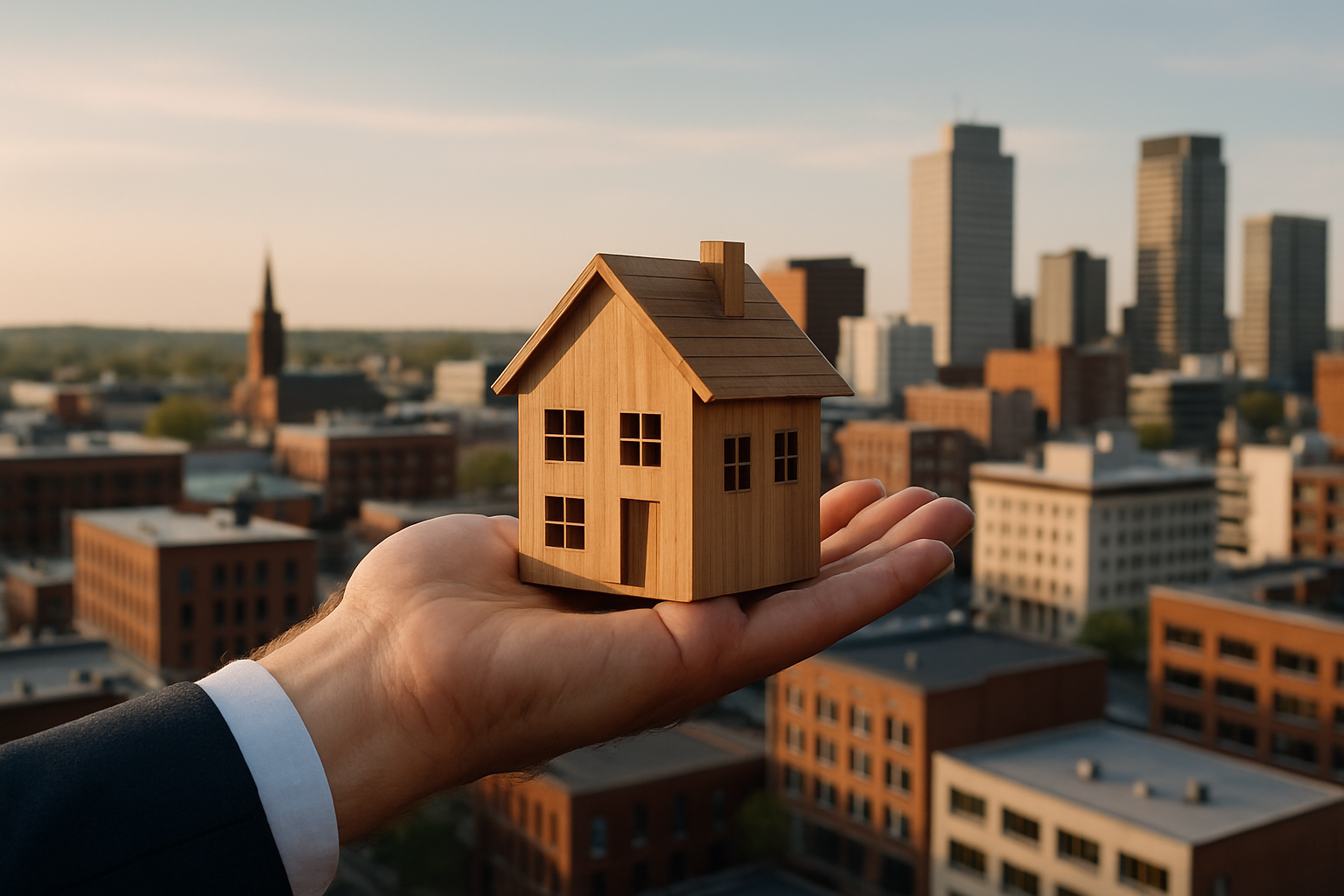Old Houses Are Catching New Attention Across the U.S.
Abandoned buildings are attracting more and more attention among those looking for atypical real estate options. Such properties often stand out for their uniqueness, history and potential for revitalization.Some of them are located in cities with rich cultural heritage, while others are in quieter areas where there is room for new ideas. This can be an interesting option for those considering housing, investment, or renovation projects.There are various aspects to consider, including the condition of the building, location, and legal nuances. Research and attention to detail can help you better understand the opportunities associated with such properties.This is an area that can open up new approaches to owning or using real estate.

What’s driving the renewed interest in abandoned houses?
The surge in interest for abandoned houses stems from various factors. Firstly, the rising cost of traditional real estate has pushed many to seek alternative options. Abandoned properties often come at a fraction of the price of conventional homes, making them attractive to first-time buyers and investors alike. Additionally, there’s a growing appreciation for vintage architecture and the stories these old buildings hold, fueling a desire to preserve and restore pieces of American history.
Where can you find abandoned houses with restoration potential?
Abandoned buildings with the potential for restoration can be found across the United States. Rural areas, particularly in the Midwest and Northeast, often have a wealth of old farmhouses and Victorian-era homes waiting to be rediscovered. In urban settings, cities like Detroit, Cleveland, and Baltimore have numerous abandoned properties due to population shifts and economic changes. Many local governments maintain lists of vacant properties, and real estate websites now feature categories specifically for fixer-uppers and abandoned homes.
What are the legal considerations when acquiring an abandoned house?
Purchasing an abandoned house involves navigating a complex legal landscape. Ownership of these properties can be unclear, with issues such as tax liens, multiple heirs, or bank foreclosures complicating the acquisition process. Prospective buyers must conduct thorough title searches and may need to work with local authorities to clear any outstanding debts or legal issues. Some cities have implemented “urban homesteading” programs, allowing individuals to acquire abandoned properties at low cost in exchange for commitments to renovate and occupy the homes.
How do you assess the renovation potential of an abandoned house?
Evaluating an abandoned house requires a keen eye and often professional assistance. Structural integrity is paramount; foundations, roofs, and load-bearing walls must be carefully inspected. The presence of hazardous materials like asbestos or lead paint needs to be determined. Electrical, plumbing, and HVAC systems typically require complete overhauls in long-abandoned properties. However, original features such as hardwood floors, ornate moldings, and unique architectural elements can add significant value if salvageable.
What unique opportunities do abandoned houses offer in real estate?
Abandoned houses present a canvas for creative real estate ventures. These atypical properties with history and character offer opportunities beyond traditional home ownership. Some entrepreneurs have transformed abandoned houses into boutique hotels, artist residencies, or community centers. In rural areas, old farmhouses have been converted into agritourism destinations or bed and breakfasts. The uniqueness of these properties can lead to standout Airbnb listings or serve as inspiring backdrops for photo shoots and film productions.
What are the potential costs and considerations for restoring an abandoned house?
Restoring an abandoned house can be a significant financial undertaking, with costs varying widely based on the property’s condition and location. Here’s a breakdown of potential expenses:
| Restoration Aspect | Estimated Cost Range | Considerations |
|---|---|---|
| Structural Repairs | $20,000 - $100,000+ | Foundation issues, roof replacement, wall repairs |
| Electrical System | $8,000 - $15,000 | Complete rewiring often necessary |
| Plumbing | $5,000 - $20,000 | New pipes, fixtures, potential well or septic work |
| HVAC | $6,000 - $12,000 | New heating and cooling systems |
| Windows | $3,000 - $20,000 | Historic preservation may increase costs |
| Interior Finishes | $20,000 - $100,000+ | Flooring, drywall, paint, kitchen, bathrooms |
| Exterior Work | $10,000 - $50,000 | Siding, landscaping, driveway |
Prices, rates, or cost estimates mentioned in this article are based on the latest available information but may change over time. Independent research is advised before making financial decisions.
When considering the restoration of an abandoned house, it’s crucial to factor in not just the purchase price but also these renovation costs. Many restorers find that the final expense can be two to three times their initial budget. However, for those with the vision and resources, the end result can be a unique, personalized home with a story to tell, often at a total cost still below that of a comparable new construction.
In conclusion, the growing interest in abandoned houses across the U.S. reflects a shift in how we view real estate and historical preservation. These properties offer unique opportunities for those willing to take on the challenges of restoration. While the process can be complex and costly, the reward is the chance to breathe new life into a piece of history, creating a one-of-a-kind living space or business venture. As this trend continues, we may see more of America’s forgotten houses transformed from neglected structures into cherished homes and community assets.






